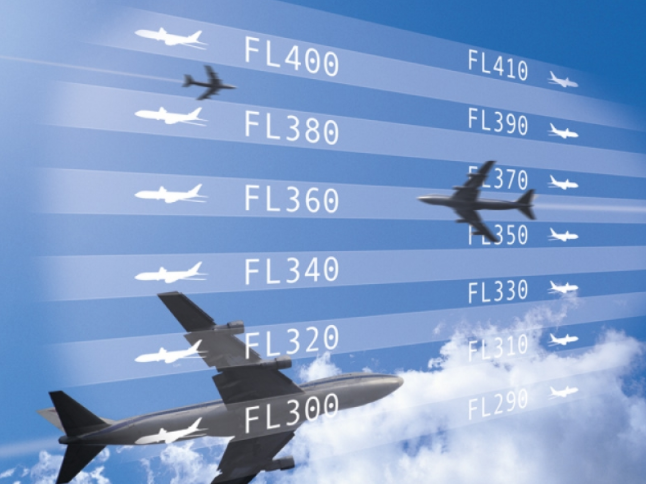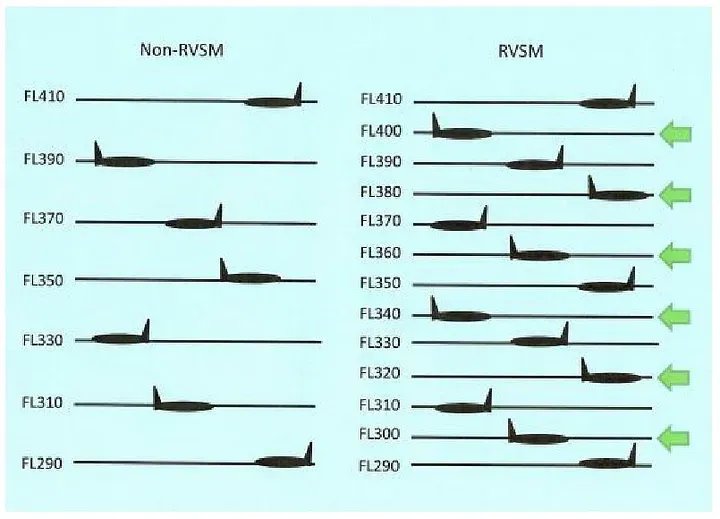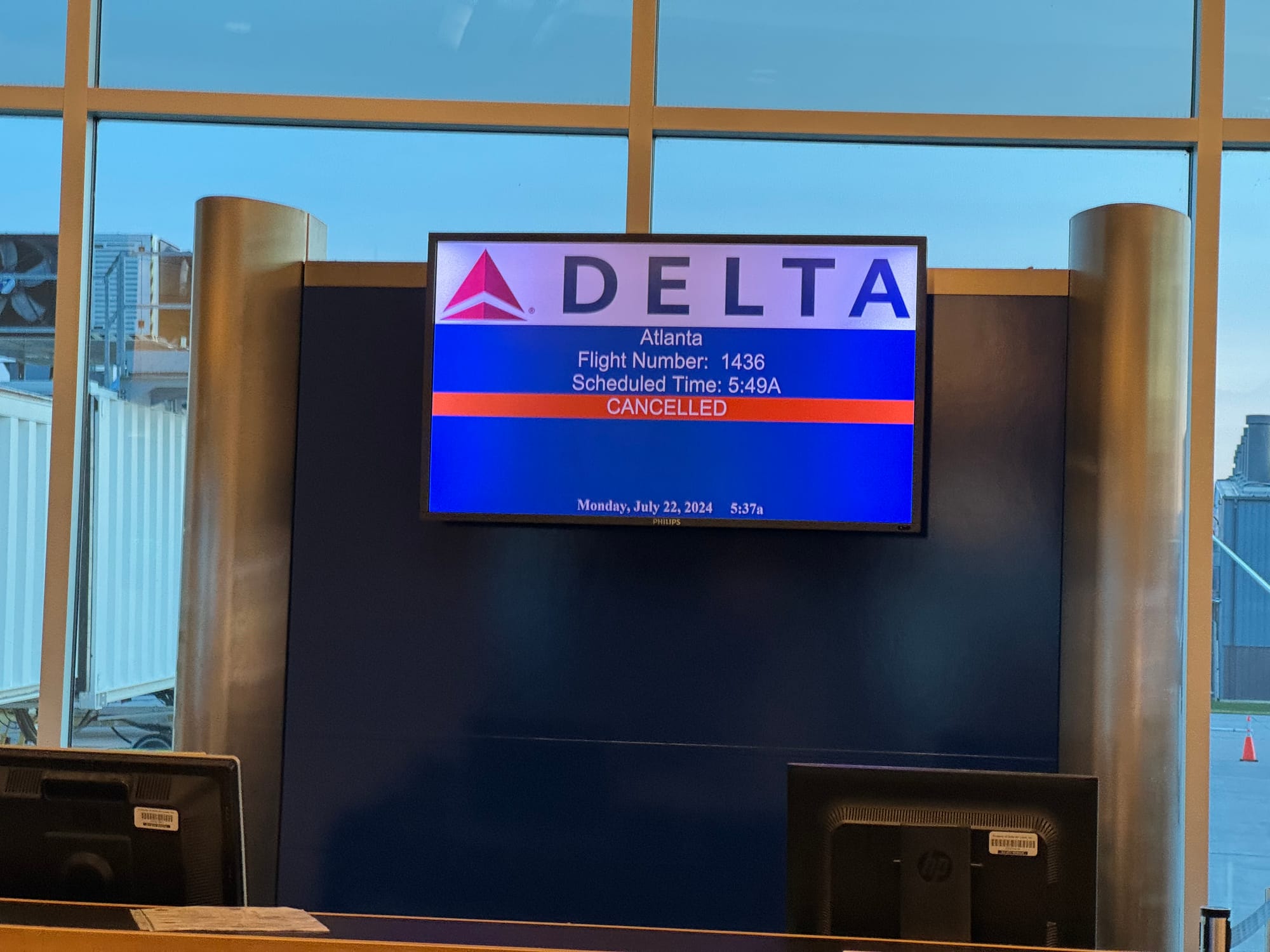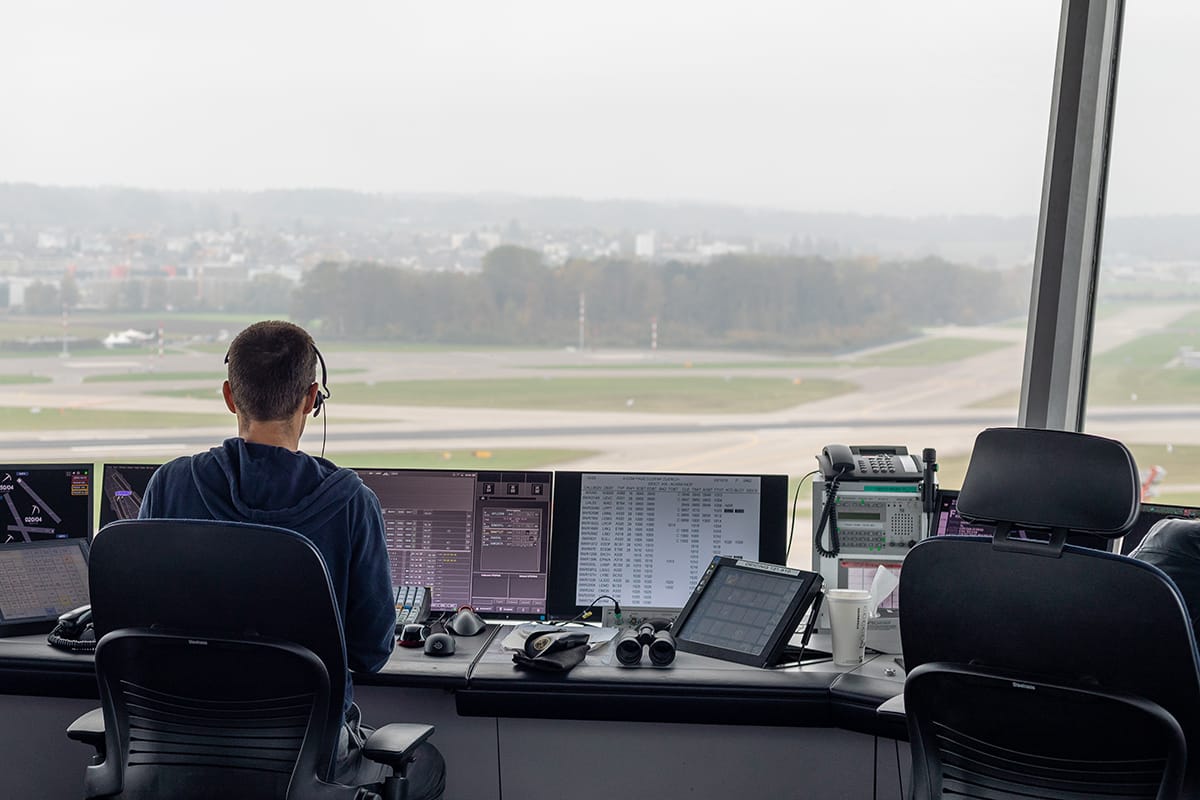What Is Reduced Vertical Separation Minima and How Is It Used?

Imagine cruising down a highway, but with twice the number of lanes magically appearing. That's essentially what Reduced Vertical Separation Minimum (RVSM) achieves in the world of aviation. This concept revolves around safely reducing the vertical separation between airplanes cruising at high altitudes.
Traditionally, aircraft maintained a 2,000-foot buffer between them at flight levels (FL) from 29,000 to 41,000 feet. RVSM cuts this distance in half, allowing for a 1,000-foot separation. But how is this possible without compromising safety?

Why Can We Do This?
The answer lies in a powerful combination of technological advancements and strict regulations. Modern aircraft are equipped with highly precise altimeters and navigation systems, ensuring they maintain their designated altitude with incredible accuracy. These sophisticated systems are akin to a high-tech autopilot for altitude control. Additionally, airlines participating in RVSM programs undergo rigorous inspections to verify their compliance with safety standards. Think of it as qualifying for a special license to operate in closer proximity to other aircraft.

So, how does RVSM benefit everyone? Here are some key advantages:
- Increased Airspace Capacity: Imagine a layer cake representing airspace. RVSM essentially allows for more airplanes to fly within the same layer, similar to adding lanes on a highway. This translates to smoother traffic flow for air traffic controllers, potentially shorter flight times for passengers, and increased efficiency for airlines.
- Fuel Efficiency: Just like a car gets better gas mileage on the highway compared to city streets, airplanes operate more efficiently at certain altitudes due to factors like air pressure and temperature. RVSM allows more aircraft to access these fuel-efficient flight paths, reducing overall fuel consumption and emissions. This translates to a lighter environmental footprint for the aviation industry.
- Economic Benefits: Airlines benefit from lower operating costs due to fuel savings. Passengers may also experience the advantage of potentially lower ticket prices due to increased operational efficiency for airlines.

Beyond these core benefits, RVSM fosters a ripple effect of positive consequences:
- Reduced Delays: With more efficient use of airspace, there's less congestion, potentially leading to fewer delays and a more predictable travel experience for passengers.
- Improved Air Traffic Management: RVSM allows air traffic controllers to manage airspace with greater precision, optimizing traffic flow and enhancing overall safety.
- Technological Innovation: The success of RVSM paves the way for further advancements in airspace management, constantly pushing the boundaries of safety and efficiency.
Of course, safety remains paramount. RVSM is only implemented in designated airspace where strict requirements are met. Aircraft operating within RVSM airspace must be specially equipped and approved, ensuring they meet the high standards for precise altitude control. Additionally, air traffic control procedures are meticulously designed to ensure safe separation between aircraft. Think of it as a well-coordinated dance in the sky, with air traffic controllers acting as the conductors, ensuring each aircraft maintains its designated position.

Final Thoughts
RVSM represents a significant advancement in airspace management. By leveraging technological advancements, stringent safety measures, and meticulous planning, it allows for more efficient use of airspace, reduces environmental impact, and potentially benefits both airlines and passengers. The next time you fly at high altitude, remember the invisible network of separation that keeps you and your fellow flyers safely on course, a testament to the remarkable collaboration between technology, regulation, and human ingenuity.





